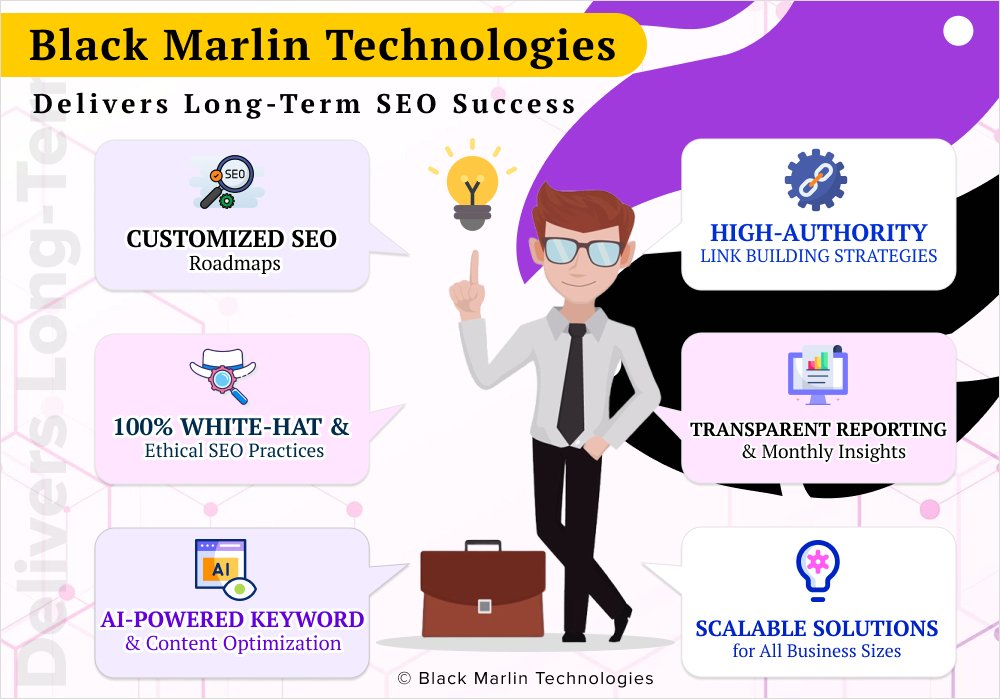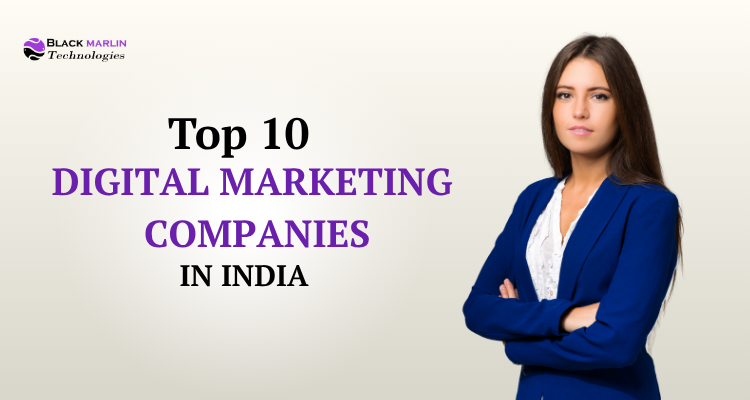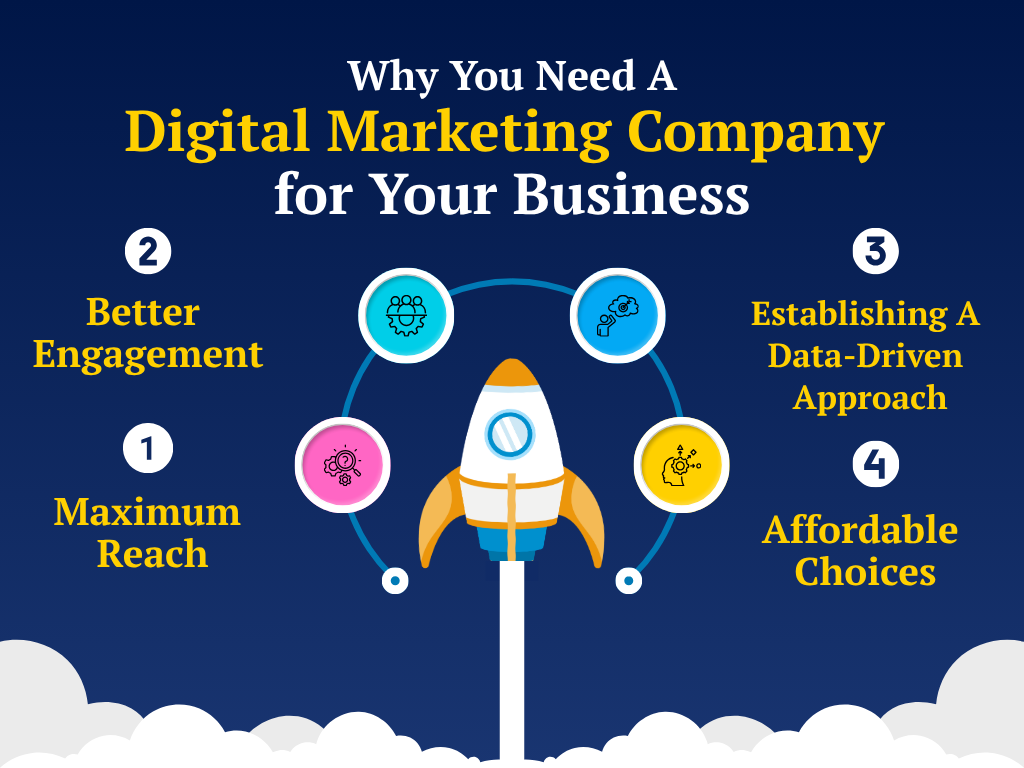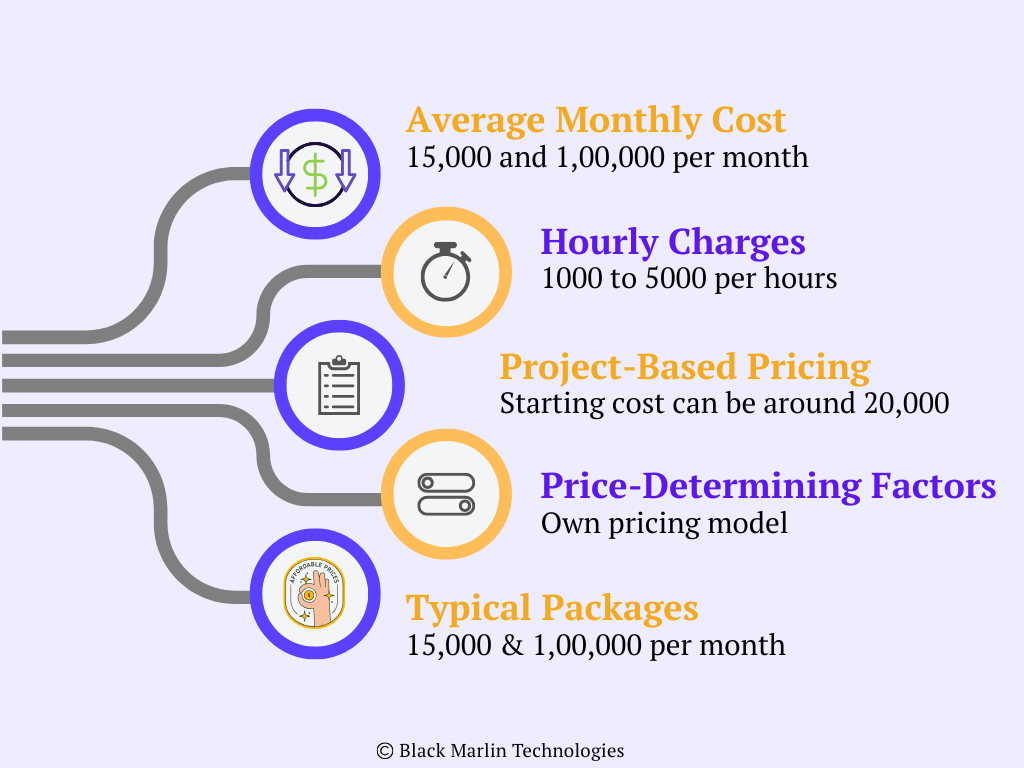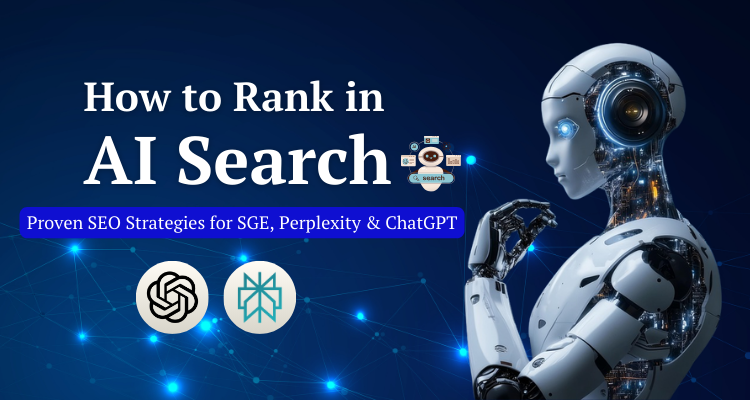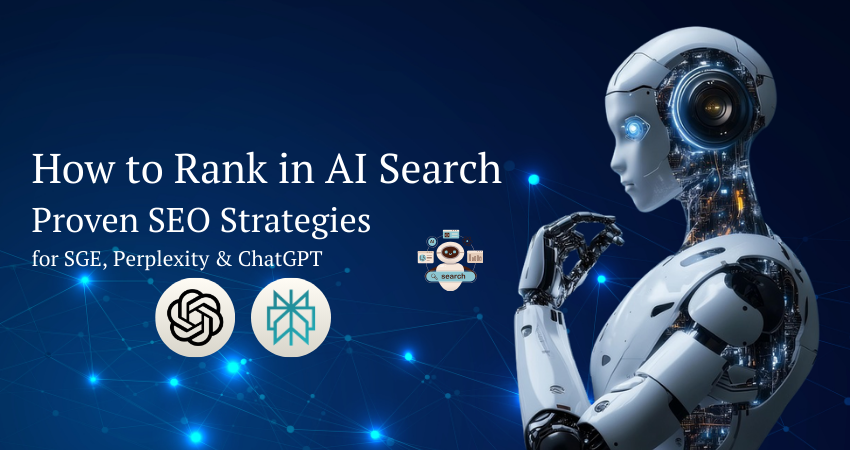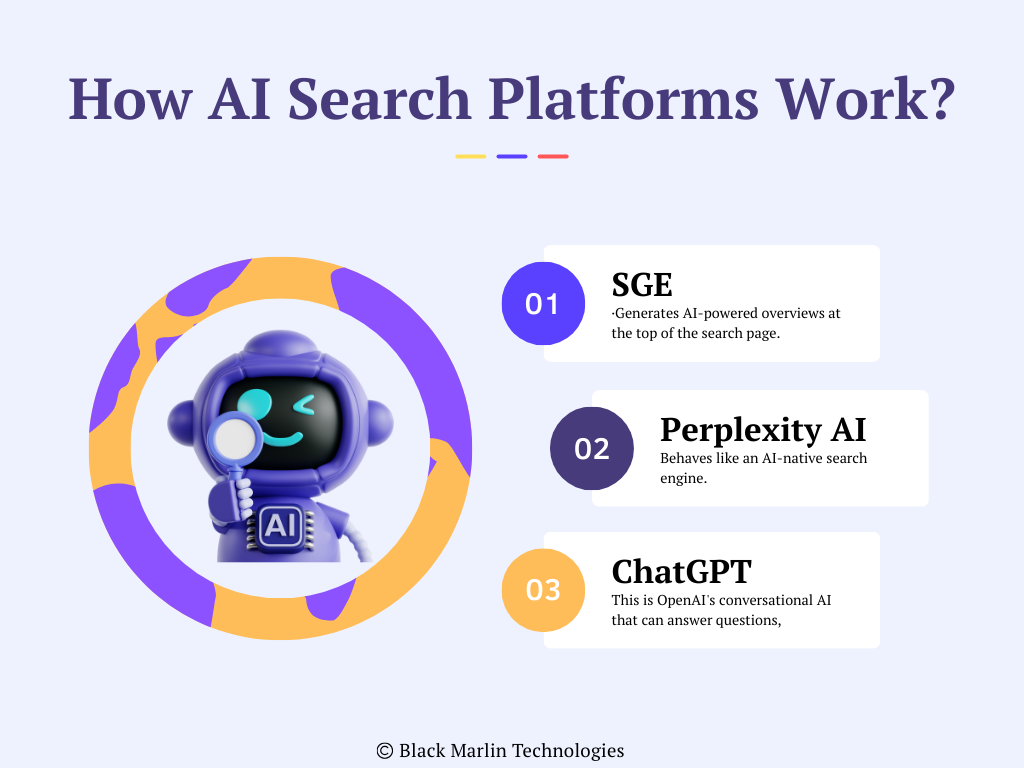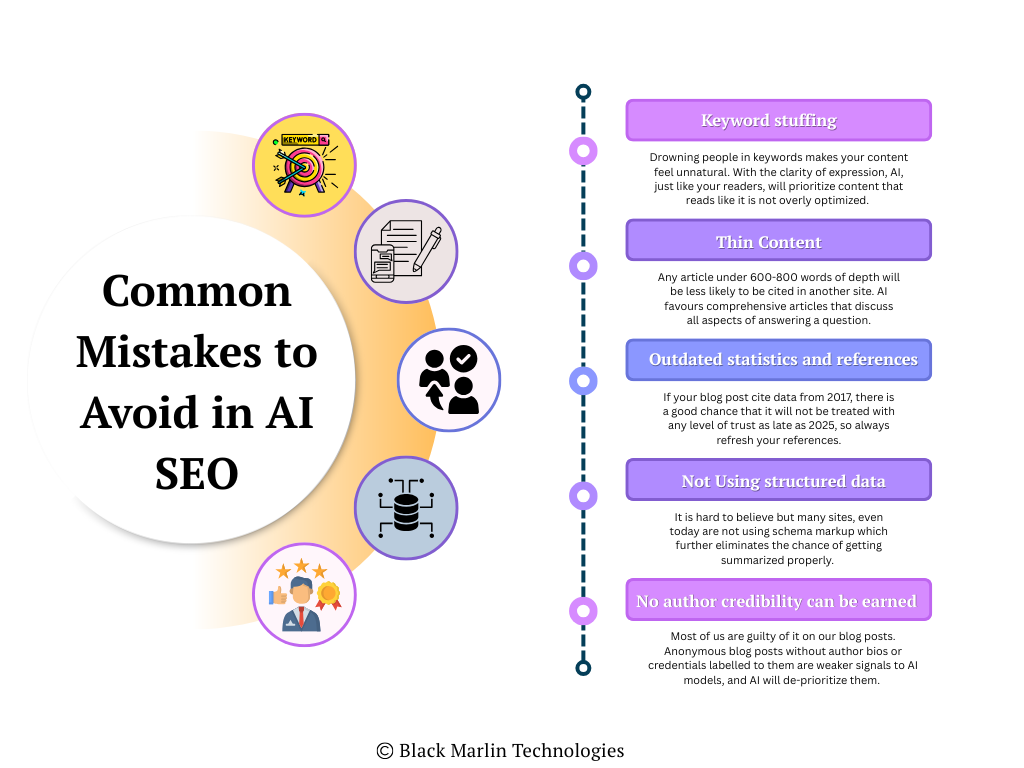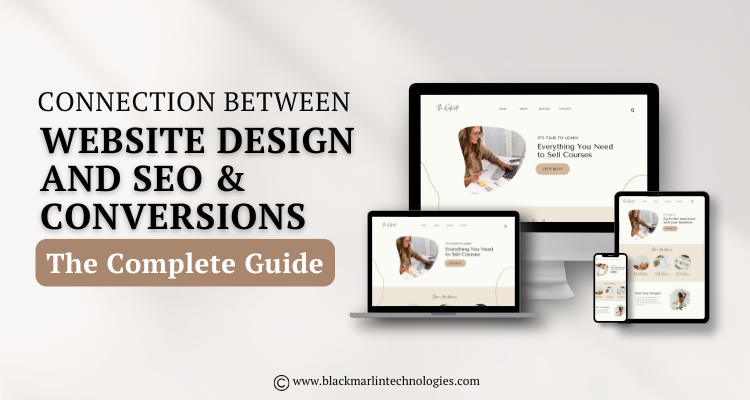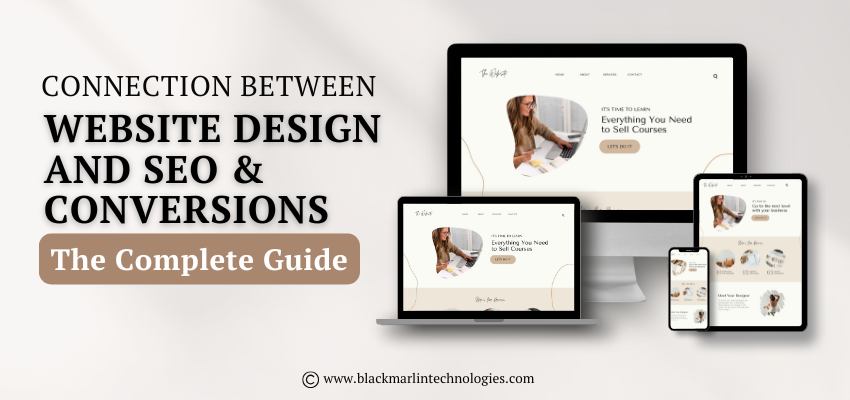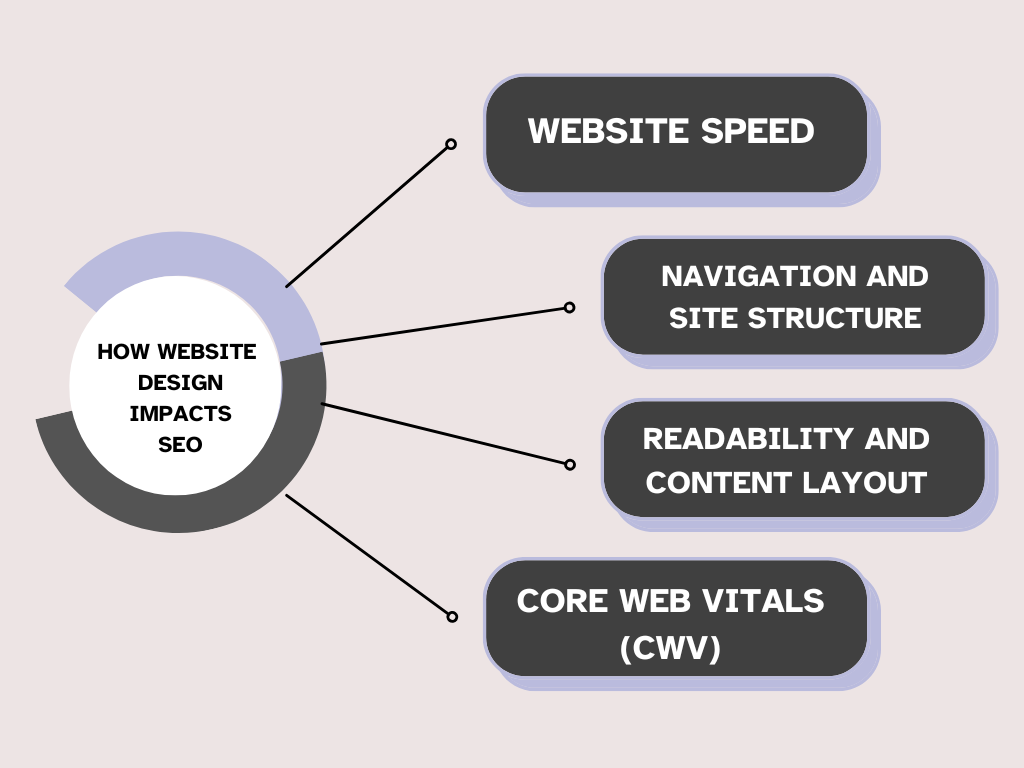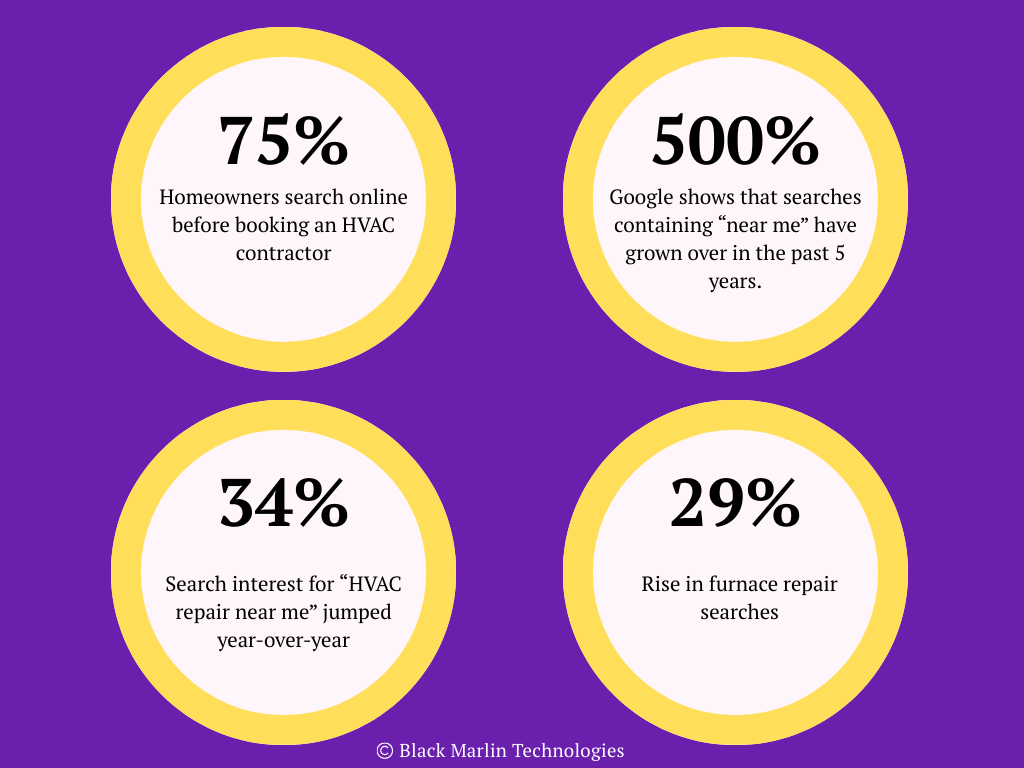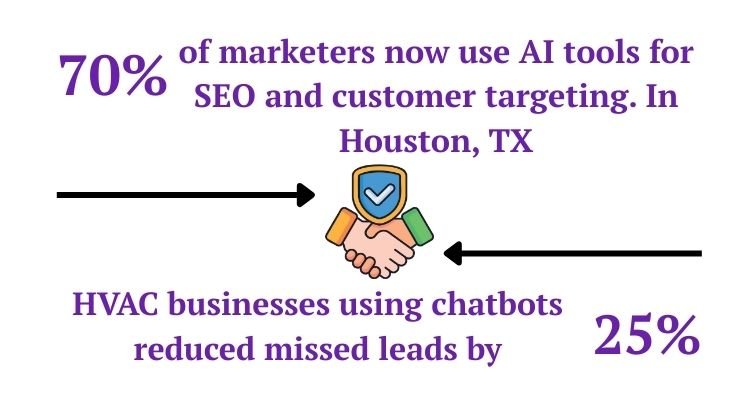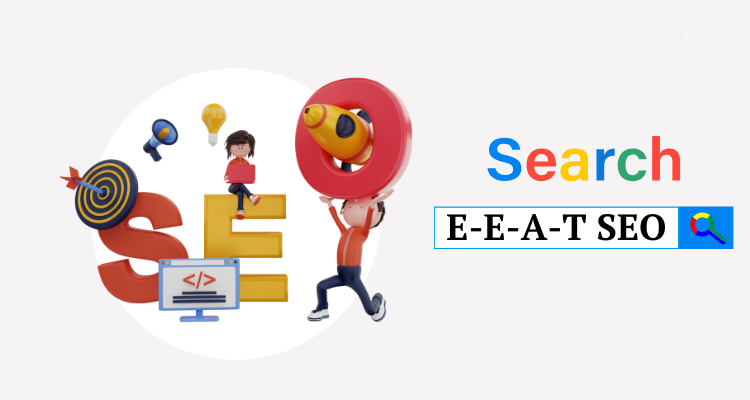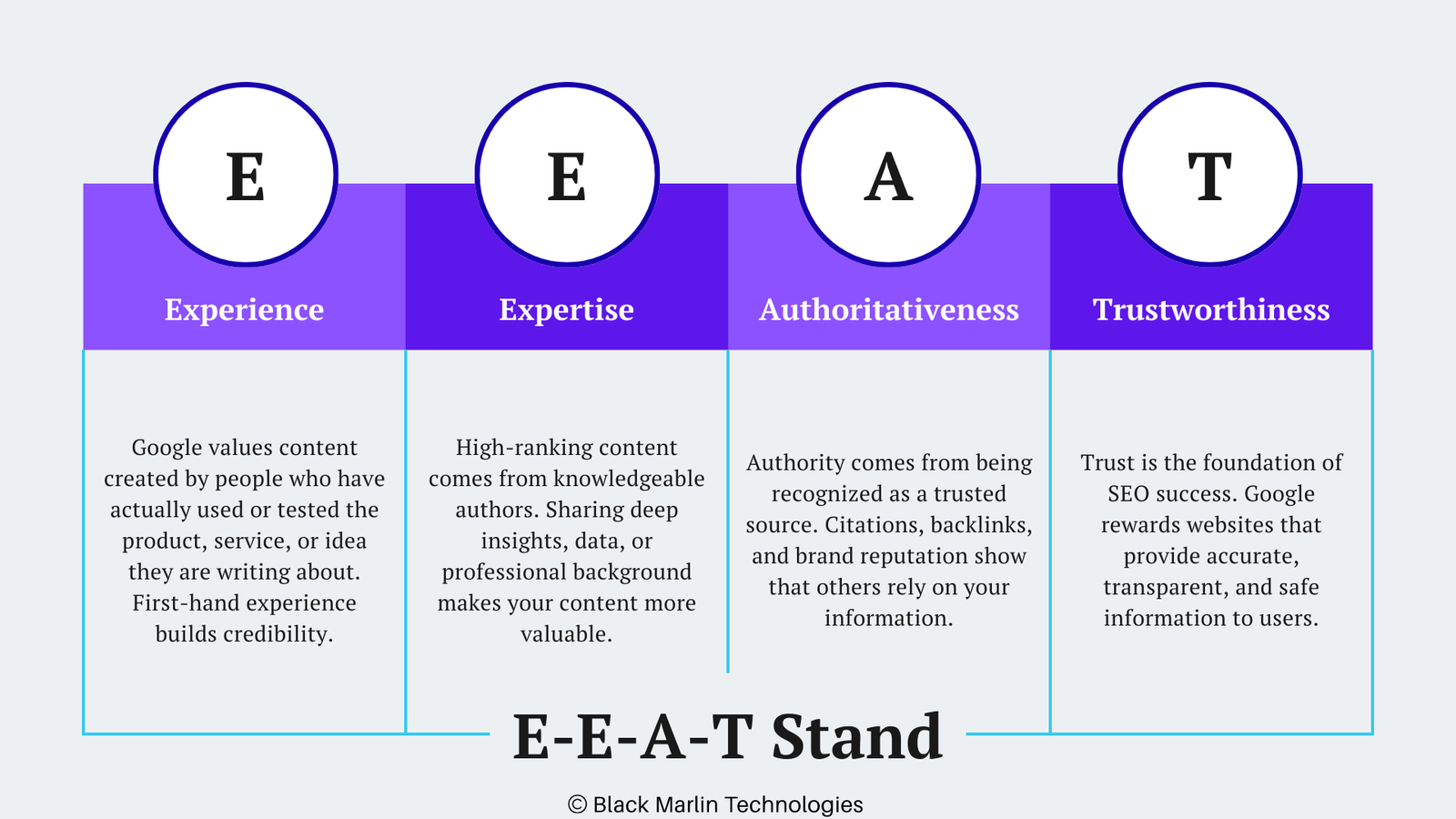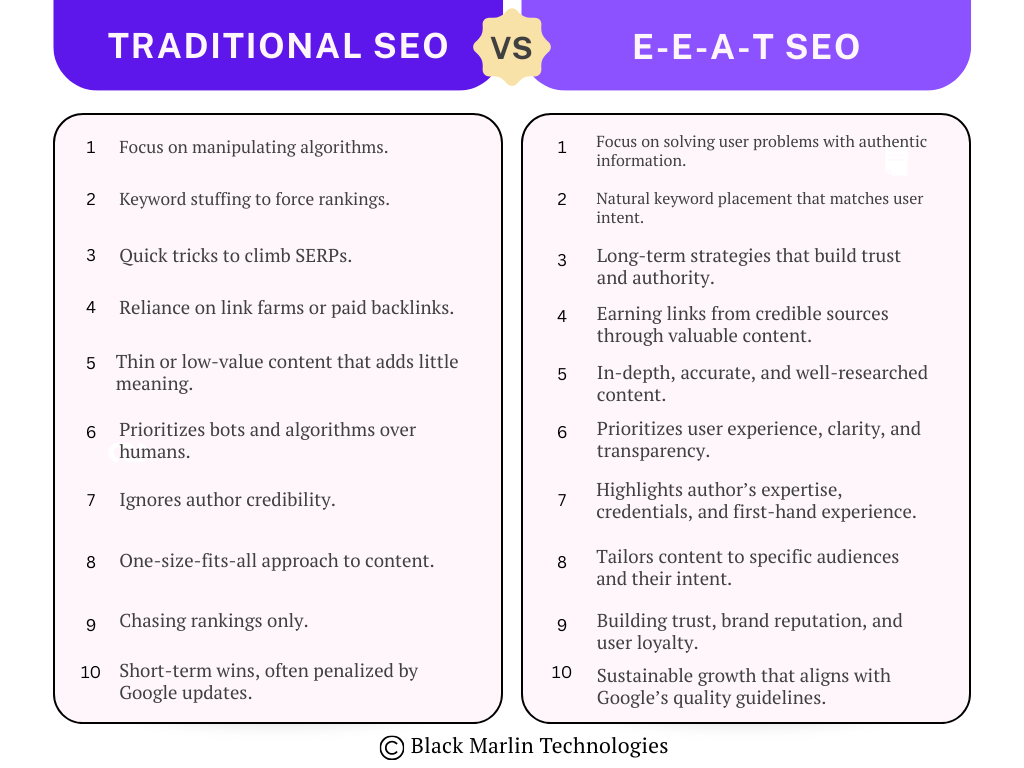Are you curious about how to achieve a good ranking for your website on Google? If so, then here is the stark reality: most users do not even bother to look at the second page. Actually, more than 90% of the internet users click only on the first page results, meaning that if your site is not among those, you are losing traffic, potential customers, and even sales each day.
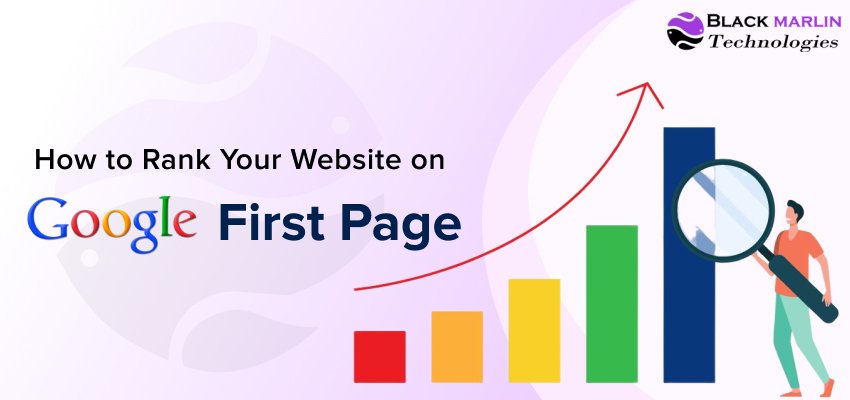
A higher position on Google does not only lead to more visits but also to greater credibility. The public tends to think that the sites appearing on the first page are more trustworthy, useful, and authoritative. And that is precisely the reason why business owners, bloggers, and even small new ventures are after the first place.
What is the most exciting thing about it? You do not have to be an SEO wizard to make it to the first page of Google. In fact, Google rewards only those websites that keep on serving relevant and quality content and provide a good user experience. A website can go up the ranks with the right plan and a bit of consistency.
By following this guide you will have a complete process for getting on the first page at Google using simple, beginner-friendly methods that really work in 2026 and even beyond.
How Google Ranking Works
First, it’s crucial to comprehend how Google really picks the pages that show up on top before you start learning how to increase your website’s Google ranking. Imagine Google as a huge librarian. Whenever a person poses a question to Google, it quickly goes through a multitude of pages and chooses the ones that provide the best, quickest, and most useful answers.
Here’s the behind-the-scenes action:
1. Google scans your website
Google deploys “crawlers” (tiny robots) that crawl your pages, read your text, check your images, and figure out what your site is all about.
If your site is well-structured and easy to read, Google gets its point across quicker.
2. It matches your content with what people search
If a user inputs “best ways to rank higher on Google” and your content gives a clear answer to that question, then there is a greater chance that Google will feature your page.
3. Google checks a few important factors
To determine your position on the first page, Google evaluates:
- Content quality — Is your content informative, unique, and easy to comprehend?
- Keywords — Were you able to seamlessly incorporate the search terms people are using?
- Backlinks — Are you gaining links from other credible sites?
- User experience — Are people staying on your site or are they bouncing off quickly?
- Page speed — Does your website load almost instantly?
4. Better score = higher ranking
Google assigns a kind of “score” to your content based on all these signals.
The higher the score, the closer you are to the first page of Google.
Do Proper Keyword Research Your SEO Foundation
In case you really want to get your website ranked on the first page of Google, the first thing you have to do is to identify the right keywords. Keyword research is analogous to selecting the right path before commencing a journey. When you select the correct words, which are also the ones that people are actively searching for, then Google will immediately recognize your page’s ranking.
Employ basic and beginner-friendly keyword tools
There is no need for pricey software just to get started. Here are some handy tools that every person can use:
- Google Keyword Planner – free and perfect for novices
- Semrush – reveals the keyword competition and traffic potential
- Ubersuggest – very straightforward tool for getting quick keyword ideas
- AnswerThePublic – provides you with questions that real people search on Google
These tools give you the most searched keywords by people throughout the day.
What to search for in a good keyword
Among the faster ways to get on Google’s front page are selecting keywords that are:
- High intent – Searchers of these keywords are after actual solutions. For instance: “how to get ranked higher on Google quickly”
- Low competition – These are not difficult to rank for, particularly new sites.
- Long-tail keywords – These are more extended and detailed search terms.
For example: “SEO tips for small businesses”
Long-tail keywords are a treasure because they drive very specific, interested visitors and are much simpler to rank.
Basic illustration to make this clear
Rather than trying to rank for a broad and tough keyword such as “SEO”, go for phrases like:
• “how to get ranked higher on Google for newbies”
• “SEO checklist for small enterprises”
These terms have less competition and bring in the right people who actually need your content—thus increasing your chances of making it to the first page of Google.
Nail Your On-Page SEO The Parts You Control
After choosing the correct keywords, it is important for Google to understand that your page does what it is supposed to do. On-page SEO is the key element at this point. It should be like organizing your room where everything is easy to find (Google adores neat and orderly pages).
Properly Place Your Keywords
There is no need to use keywords everywhere. Integrate them naturally in a few essential spots such as:
- Page title – This is the first thing Google sees.
- URL – Make it brief and include your main keyword.
- First 100 words – Inform Google about your page right away.
- Subheadings (H2, H3) – This helps Google to know your structure.
- Image alt text – Google cannot “see” images, but it interprets the text you use to describe.
When you place your keyword effectively, Google speedily comprehends your content and assigns it a better position.
Your Simple On-Page SEO Checklist
The following is an easy to use list that is very beginner-friendly:
- Use short paragraphs – People are always looking for content that is easy to read. Google is also giving it a reward.
- Add internal links – Link to other pages on your site that are useful. That way, you will keep the visitors on your site for a longer time.
- Add outbound links – Link to trustworthy external websites. This will enhance the credibility of your content.
- Use one main keyword per page – Do not confuse Google with a lot of primary keywords.
- Add schema markup – This aids Google in identifying the type of your content (blog, FAQ, product, etc.) and increases visibility.
Write Helpful, High-Quality Content (E-E-A-T)
If you genuinely wish to have your website appear on Google’s first page, it is a must that your content be of great assistance to the people. Google is extremely intelligent and advanced— it does not just check for keywords anymore.
It checks for E-E-A-T, which means:
- Experience—Have you actually experienced or done what you are discussing?
- Expertise—Are you thorough with the topic?
- Authority—Are you the one from whom other websites get their trust and references?
- Trust—Is your content accurate, honest, and safe?
When your content exemplifies these characteristics, Google places your page in the search results as being valuable and thus moves it up higher.
How to write content that ranks
Below is the straightforward formula for generating content that Google adores:
- Answer the user’s question quickly – No waiting for the main answer to be revealed. It has to be given right away, and after that, an explanation can be offered. This keeps the reader’s attention.
- Use simple language – Think of it as a conversation between you and a close friend. Easy and clear content is what the users want, and Google agrees.
- Add step-by-step guides – Who doesn’t like a nice how-to? A user stays longer on your web page, which sends Google a message that your content is helpful.
- Include examples, stats, visuals – Graphs, screenshots, examples, and statistics not only make it easier for the users to comprehend but also keep them reading longer.
- Update old content regularly – Fresh and updated information is what Google is looking for. Even minor edits can lift your position in the rankings.
Improve Technical SEO The Part Most Beginners Ignore
You may have the best content on your website, but if it is not technically sound, your site will not be on the first page of Google. Technical SEO is like the engine of a car—while people may like the outer beauty, it is the engine that drives it and without it, the car will not move.
The good thing is that you do not need to be a tech wizard. Simply making a few minor changes will result in Google placing more trust in your website instantly.
Ranking factors that you have to fix in a hurry
- Responsive website
Mobile phones are the key devices for the majority of users. Google will not take your website very high if it does not appear properly on mobile devices.
- Fast loading time
A slow-loading website loses customers. Google monitors this and lowers the ranks of slow websites.
Quick loading time = improved user experience → improved ranking.
- SSL/HTTPS
This is like an authentication system for your site. Google prefers it, so you might as well embrace it.
- Good URL structure
Short and easy-to-read URLs are recommended:
yourwebsite.com/how-to-rank-higher-on-google
- Sitemap
This serves as a guide for Google, indicating the pages for your site. Consequently, this results in faster crawling and indexing by Google of your site.
- Repair links
Links that do not work are annoying to visitors and produce adverse effects on Google.
- Steer clear of identical content
When a page has duplicate content, Google will get perplexed about which one to list on its SERPs as the winner.
Tech-savvy tools to check and enhance technical SEO
- Google Search Console – Monitors your site’s ranking, resolves indexing problems, and displays errors.
- Nitropack – Increases the speed of your website through one-click optimization.
- Screaming Frog – A robust tool to identify broken links, duplicates, and technical glitches.
- PageSpeed Insights – Informs you how quickly your site is loading and what fixes are necessary for speed improvement.
Build High-Quality Backlinks Google’s Trust Signal
In case you desire to have your site ranked on Google’s first page, one of the most powerful ranking signals turns out to be backlinks. Backlinks can be likened to votes of confidence. The moment another site references you, it’s pretty much the same telling Google, “This content is nice and reliable!”
But not all backlinks are created equal. Google gives priority to quality over quantity.
Types of backlinks favored by Google
- Editorial backlinks – The links are those that get naturally earned by the website when it mentions or recommends the content because it is really useful.
- Guest posts – Putting an article on another site with a link back to your website.
- Niche-relevant links – Links from sites that belong to the same or similar industry. These would carry more SEO value.
- PR links – Mentions from news web portals, magazines, or blogs via press releases and brand stories.
- Resource page links – Sites that refer to important content often link to quality content.
These sorts of backlinks are capable of giving you a rapid and safe rise in your rankings.
Backlink ideas for the beginner that you can start today
- Write guest posts – Impart knowledge to other blogs and link your website as well.
- List your business in directories – Local directories, business listings, and sites specific to a particular niche give easily accessible and trustworthy backlinks.
- Create content that is worth sharing – Guides, tutorials, statistics, infographics, and checklists are naturally shared and linked.
- Request vendors or clients to link with you – If you deal with distributors, partners, or satisfied customers, many are willing to put your link on their website.
Improve User Experience Google Tracks User Behavior
There is no denying that Google’s first page is not the place for your website if visitors are not happy to use it. Google is very much concerned about the way people interact with your site, if the user stays longer, clicks around, and reads your content, Google counts your page as helpful. But a quick exit sends the other way around signal.
In simple words:
Good user experience (UX) = better rankings.
Google looks at simple user behaviors
- Do visitors stay on your page? – If people spend time reading your content, Google sees that you’re offering value.
- Do they click other pages? – This means your content and navigation are good enough to keep users engaged.
- Do they bounce immediately? – If users leave in seconds, Google assumes the content wasn’t helpful.
These signals tell Google whether your website deserves a spot on the first page.
How to improve your website’s UX (simple & beginner-friendly)
- Clear headlines – Make your headings simple and easy to understand. Users should know what the page is about instantly.
- Use enough white space – Avoid cluttered pages. Space makes your content easier to read and more appealing.
- Fast-loading pages – Slow pages frustrate users. Improve speed to keep visitors happy and boost your ranking.
- Easy navigation – Your menu should be simple. People should find what they need without thinking too hard.
- Fewer pop-ups – Too many pop-ups annoy visitors and increase bounce rate. Use them sparingly.
Boost Your Local SEO If You Have a Local Business
In case your business covers a particular city, state, or region, then local SEO is the quickest way for you to get on the first page of Google. Whenever a person looks up “near me” or a local SEO service, Google will provide the businesses that are well optimized for their respective local areas. Therefore, even small businesses might overtake large ones by simply concentrating on local signals.
Local SEO is one of the quickest methods to get more calls, visits, and customers, especially where your competition has not done its optimization task properly.
Must-do steps for strong local SEO
- Create a Google Business Profile – This is a must. It assists in getting your business listed on Google Maps and the Local 3-Pack (the top three local search results).
- Add NAP (Name, Address, Phone) everywhere – That is to say, your contact details should match on your website, directories, and social profiles. Consistency is the key to trust.
- Get customer reviews – Google treats real, positive reviews very well. In a way, they display the business’s credibility thus helping the ranking of the business through this very.
- Add local keywords – Communicate through words like “near me,” specific cities, or areas where you have potential customers.
- Build citations – Register your business on dependable directories such as JustDial, IndiaMART, Yelp, and the platforms that are specific to the industry.
Simple example
Rather than focusing on a general keyword like:
“digital marketing agency”
Select a more local, precise one like:
- “digital marketing agency in India”
- “digital marketing agency in Delhi”
- “SEO services in Noida”
Local keywords help Google pinpoint exactly where your business operates, thus simplifying the ranking process in your area.
Implements AI Tools to Rank Faster Strategy 2026
SEO is evolving pretty fast. In the year 2026, it will not only be optional but also one of the smartest methods for ranking your website on Google faster to use AI tools. The AI helps you to operate in a much faster manner, to commit fewer errors and to actually know what your audience is searching for. And the best thing is that you do not have to be an SEO professional to use them.
AI tools can do the mundane tasks for you which allows the strategists and creative people to focus on those areas.
AI can virtually assist you at each and every stage of the SEO process.
- Keyword research – AI tools are quick in spotting potential keywords with less competition.
- Content writing drafts – By utilizing the technology, you can come up with outlines, intro ideas, FAQs, and drafts within seconds.
- Competitive analysis – Investigate the actions of top-ranking sites and determine the means to surpass them.
- Internal linking suggestions – The AI denotes where to link internally so that Google gets the content better.
- SEO audits – The AI performs a thorough examination of your website identifying areas that need to be rectified, filled and repaired.
These jobs would have taken several hours… now AI can do it in a matter of minutes.
Recommended AI tools for faster rankings
- ChatGPT – Perfect for ideas, drafts, outlines, and tips for quick SEO.
- Surfer SEO – It enables you to craft content optimized for SEO and at the same time, it is compatible with already ranked.
- Jasper – An assistant to write by AI that helps produce content of high quality in a short time.
- Frase – Very good for researching content, analyzing competitors, and outlining briefs..
- RankMath / Yoast – SEO tools for on-page optimization that provide real-time SEO advice regarding your websites.
Analyze, Track & Improve (SEO = Ongoing Process)
SEO is, by its nature, an ongoing process, and the major reason why SEO is an ongoing process is that Google or other search engines do not accept it as a one-time effort. Besides, if your aim is nothing less than to take a seat on the first page of Google’s search results and keep that spot, you will constantly have to monitor the performance of your website. The days go by, and Google evolves; users change their preferences; and competitors keep optimizing their content—thus, you also have to keep on getting better.
Is it that bad? Fortunately, the right tools make it almost effortless to keep tabs on your development.
Make use of these tools to evaluate the performance of your SEO campaign
- Google Analytics – It reveals the total number of visitors to your website, their geographical location, and the pages they visit during their stay.
- Google Search Console – Your most essential tool for SEO. It points out the keywords you rank, whether Google is able to index your pages, and any mistakes that need to be mended.
- SEMrush – This instrument will give you a good overview of the state of your keywords, backlinks, and competitor work.
These tools provide you with accurate data that will help you render your decisions more intelligently.
Metrics that you should always monitor
1. Click-through rate (CTR) – This metric represents the number of users who click on your link after they have seen it in the search results. Greater CTR = More relevance.
2. Bounce rate – A high bounce rate indicates that the site could not meet the visitors’ expectations as they left the site almost immediately. Good UX means lower bounce rates and vice versa.
3. Keyword ranking – Keep track of your primary keywords to find out whether you are moving up or down in Google’s search result pages.
4. Core Web Vitals – They are the User Experience (UX) signals that are given the most emphasis by Google:
- Loading time
- Content stability
- User interaction
So, the better your Core Web Vitals are, the more chance you have of receiving a high ranking.
Common Ranking Mistakes to Avoid
To get your website to the coveted first page of Google, there are common mistakes that you need to steer clear of because they will hurt your SEO. Lots of novices commit these blunders unknowingly but it impacts their rankings significantly. The silver lining? They are simple to resolve as soon as you identify the pitfalls.
- Mistake: Keyword stuffing – Overusing your primary keyword will result in the text appearing to be unnatural. This is regarded as spam by Google and as a consequence, it may lower your page’s ranking. Do keyword usage smartly, and even then only in a moderate way.
- Mistake: Thin content – Your short, unhelpful content will not get ranked. Full and useful, and of course, user-friendly content is what Google is after; one that completely answers the user’s question.
- Mistake: Buying cheap backlinks – You may find this method to be one of the quickest routes to getting your website penalized. High-quality and natural are the types of links Google is after—not the spammy or paid ones.
- Mistake: Ignoring technical SEO – A slow website, broken links, and no mobile optimization can totally ruin your ranking possibilities. Technical SEO is as indispensable as keywords and content.
- Mistake: Not updating old posts – The nature of SEO is such that it changes over time. If you do not update your content, Google will rank fresher and more up-to-date pages above you. A very quick refresh can expedite your ranking rise.
- Mistake: Using duplicate content – If there is identical content on several pages, Google will be confused about which one to rank. Always come up with original and unique content that will not only be recognized but will also be different.
How Long Does It Take to Rank on Google?
One of the typical questions beginners put forth is: “How much time will it take for my site to be ranked in Google?”
The simple answer is—it depends. But no need to worry; here is a straightforward breakdown that anyone can grasp.
In case of a new website:
Normally, the period lasts from 3 to 6 months
New sites will take time to gain trust through acquiring backlinks and demonstrating their content’s helpfulness to Google.
In case your website is already there:
You can expect the results after 1–3 months
Sites with some authority and content can get quicker promotions in the search results.
If you are after competitive keywords:
Longer the wait
The keywords that are on the top like “best SEO tools” or “digital marketing services” have colossal competition, therefore, ranking might take extra time.
However, here’s the crux:
Quality + consistency = faster results
If you keep on publishing good content, improving your technical SEO, and building good backlinks, you will see progress much sooner—even with a newer website.
Conclusion
Getting your website to appear on the first page of Google is not an impossible task—it’s a very achievable goal even for the beginners who have just started. All you need is the proper method and a little bit of consistency.
Concentrate on the fundamental things: picking the right keywords, not just any but very helpful content writing, quality backlinks construction, and smooth user experience provision for your website. Just these simple steps alone can move your site up in search results.
Make use of SEO tools to cut down on your time, monitor your achievements and continually make improvements. And do not forget that SEO is not momentary—it is a process that takes time. But once you start to rank, the results are persistent and might drive traffic, customers, and even chances for years.
By putting in constant effort and implementing a smart strategy, your website will not only be able to make it to Google’s first page but also keep its position there.
FAQs
Q1: Can I rank on Google without backlinks?
Yes, it’s possible—but it’s much slower. Backlinks act like trust signals for Google. You can rank without them if your content is strong, but building quality backlinks helps you reach the first page faster.
Q2: Do I need to post every day to rank?
No. Posting daily isn’t necessary. What matters is quality over quantity. A few well-researched, helpful articles can outperform dozens of low-quality posts.
Q3: Is SEO free?
Yes—if you do it yourself. You can handle keyword research, content writing, and basic optimization for free. Paid tools just make things easier, not mandatory.
Q4: Can AI do SEO for me?
AI tools can help with keyword research, content drafts, and competitor analysis. But real SEO success still needs human strategy, creativity, and decision-making.
Q5: What is the fastest way to rank higher on Google?
Target long-tail keywords, write high-quality content, and make sure your website loads fast. These simple steps help your site rank quicker—especially if you’re just starting.
 +1-(646) 362-1414
+1-(646) 362-1414 +91 8826683820
+91 8826683820


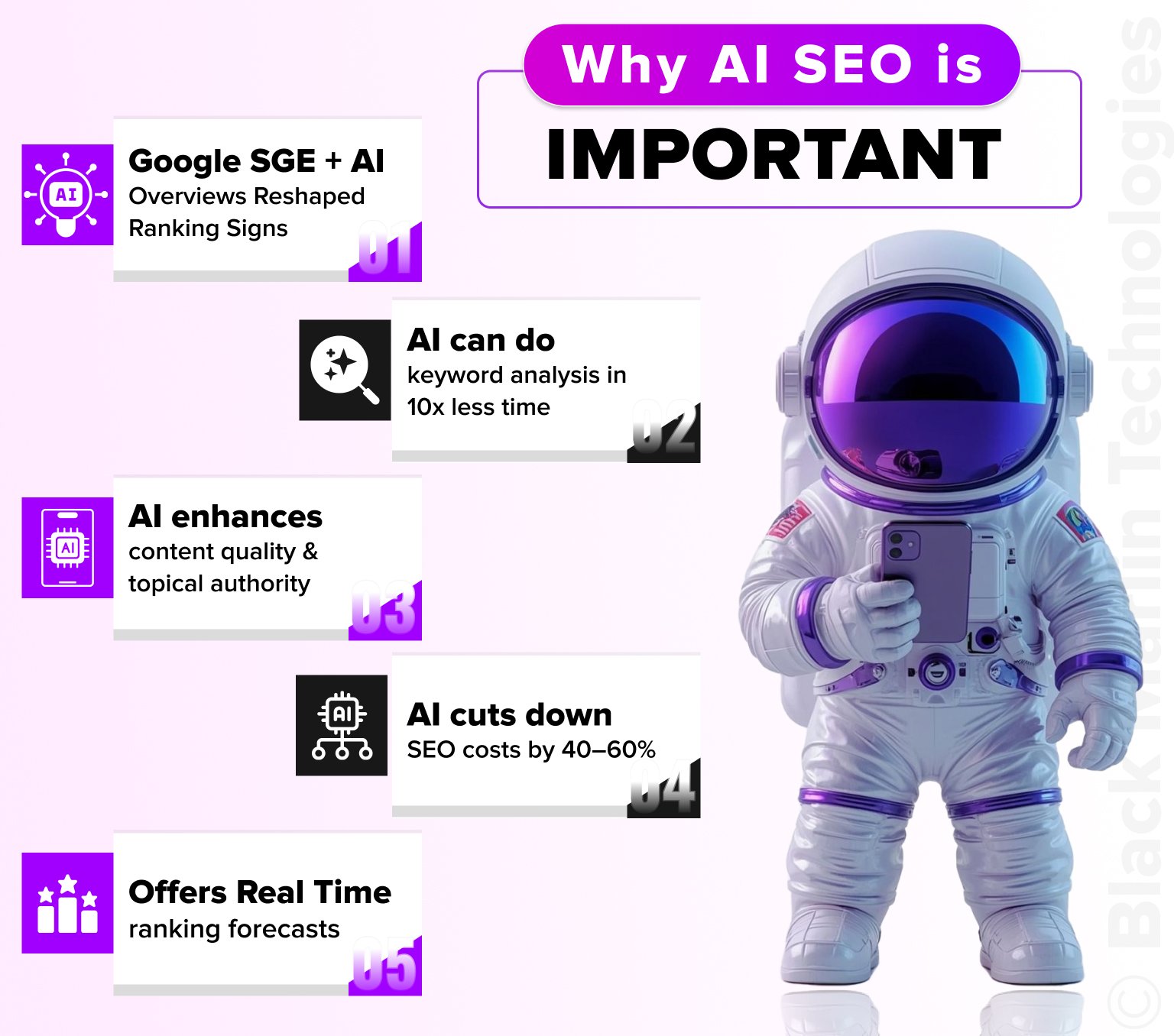
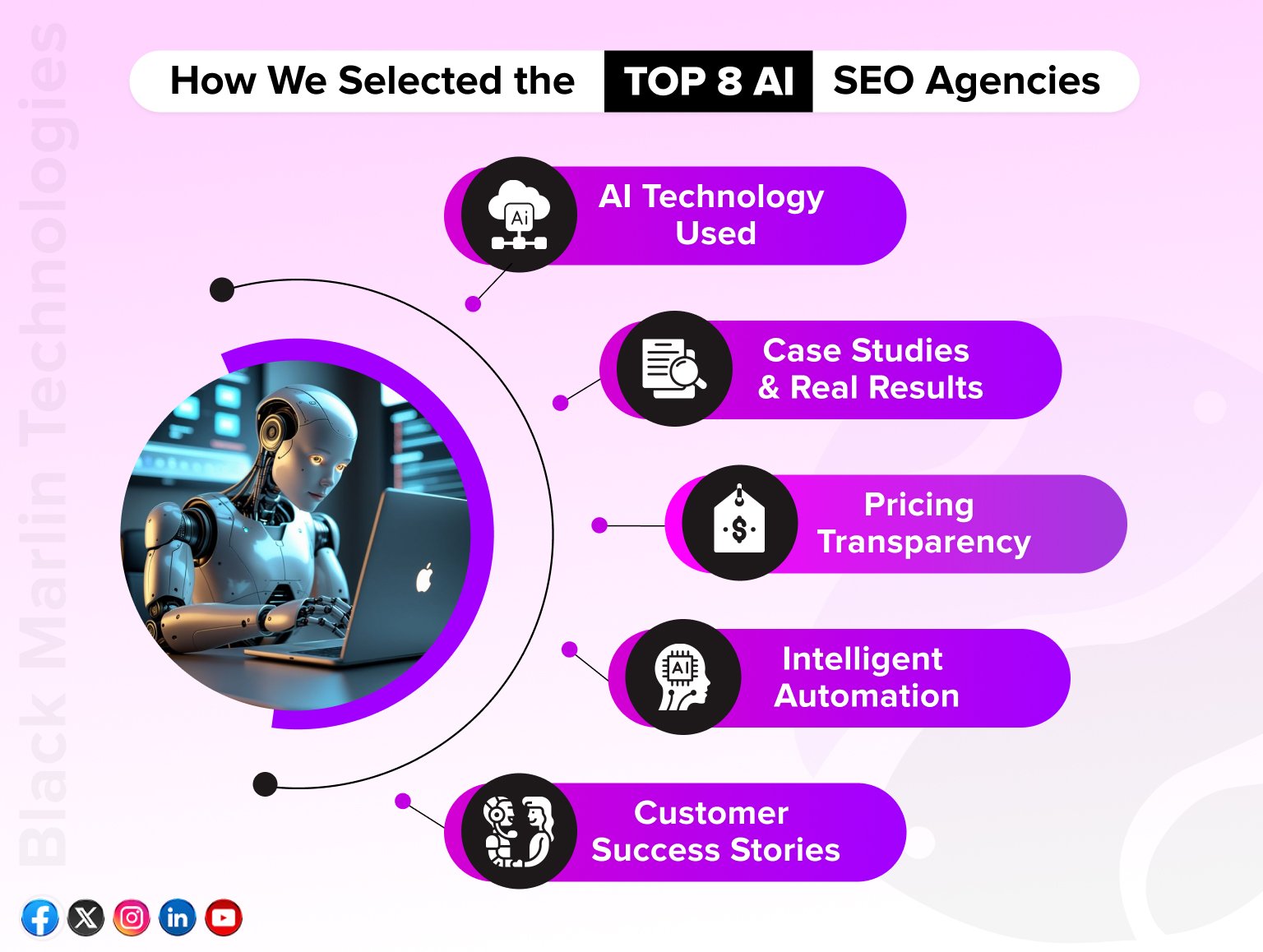
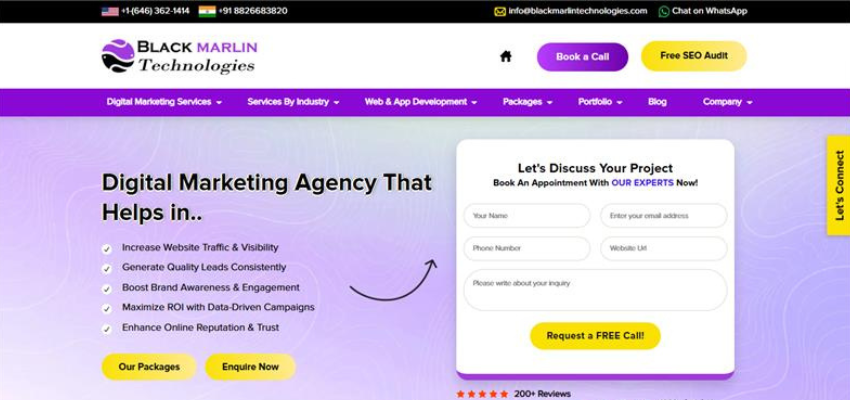

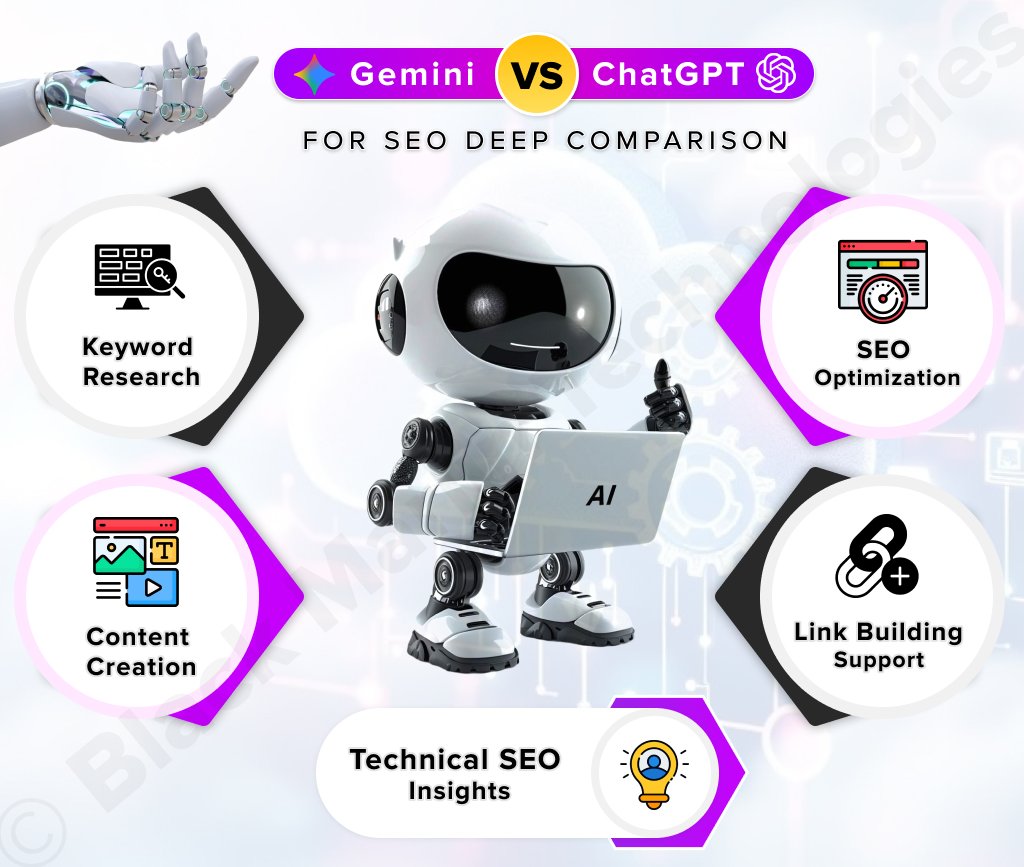
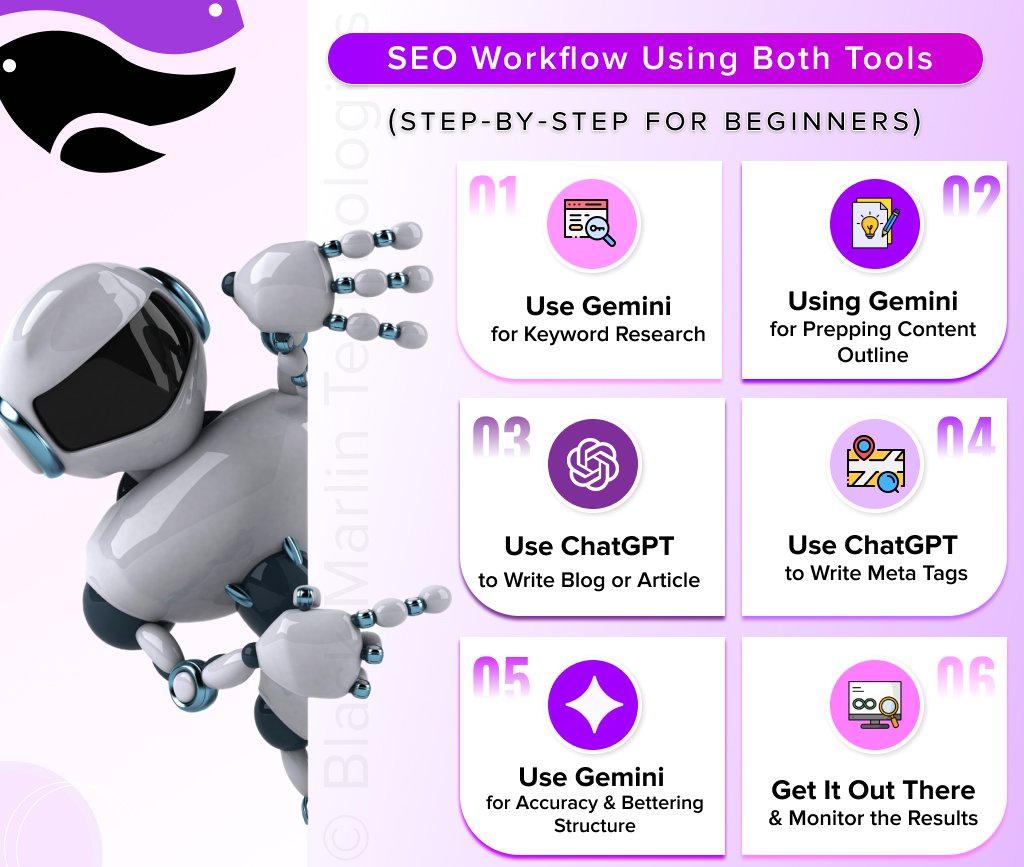
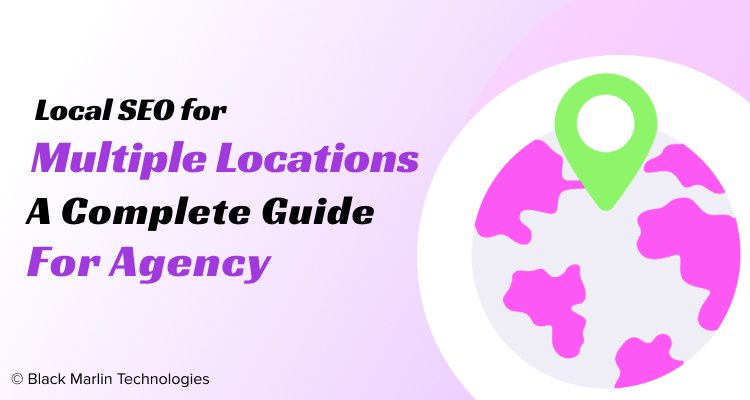

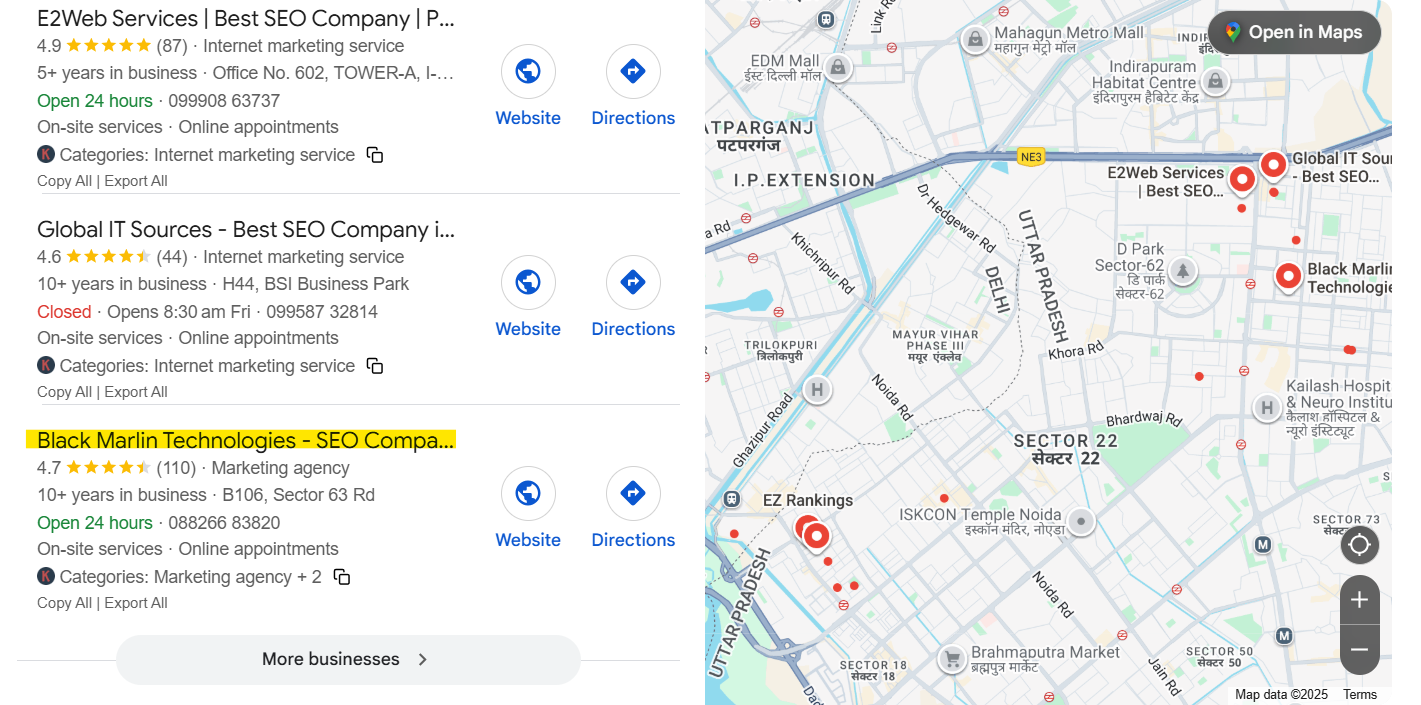 Is it like the big brand with different shops in various cities such as one in the city of Delhi, one in Mumbai, and one in Bangalore? Even though it belongs to the same brand, awareness of the brands is different for each shop, so are its current customer base, locals, and neighborhood. Since local searches are taken every day, so this is the essence of Multi-location SEO.
Is it like the big brand with different shops in various cities such as one in the city of Delhi, one in Mumbai, and one in Bangalore? Even though it belongs to the same brand, awareness of the brands is different for each shop, so are its current customer base, locals, and neighborhood. Since local searches are taken every day, so this is the essence of Multi-location SEO.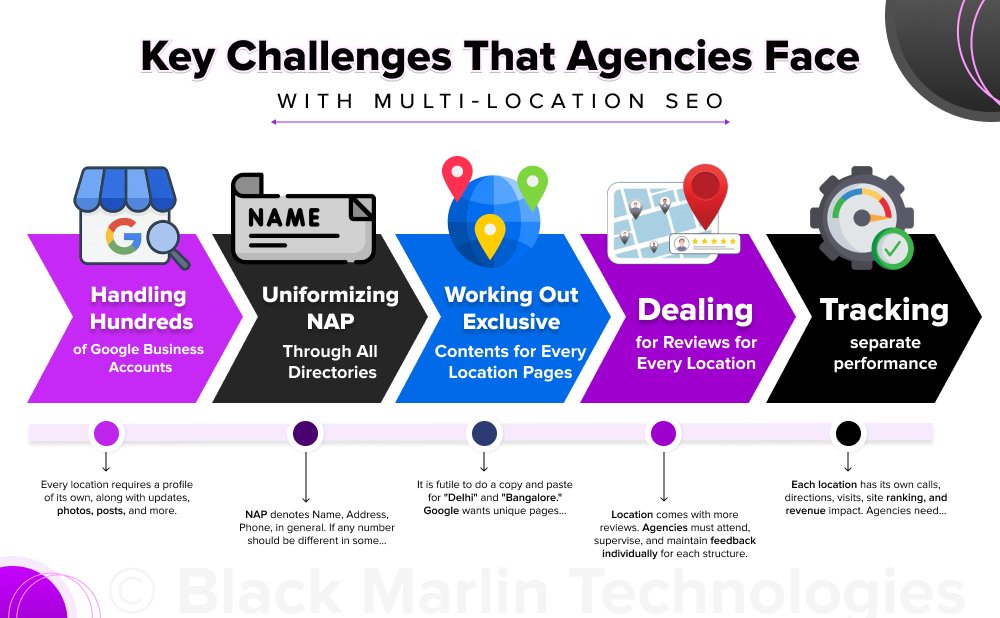
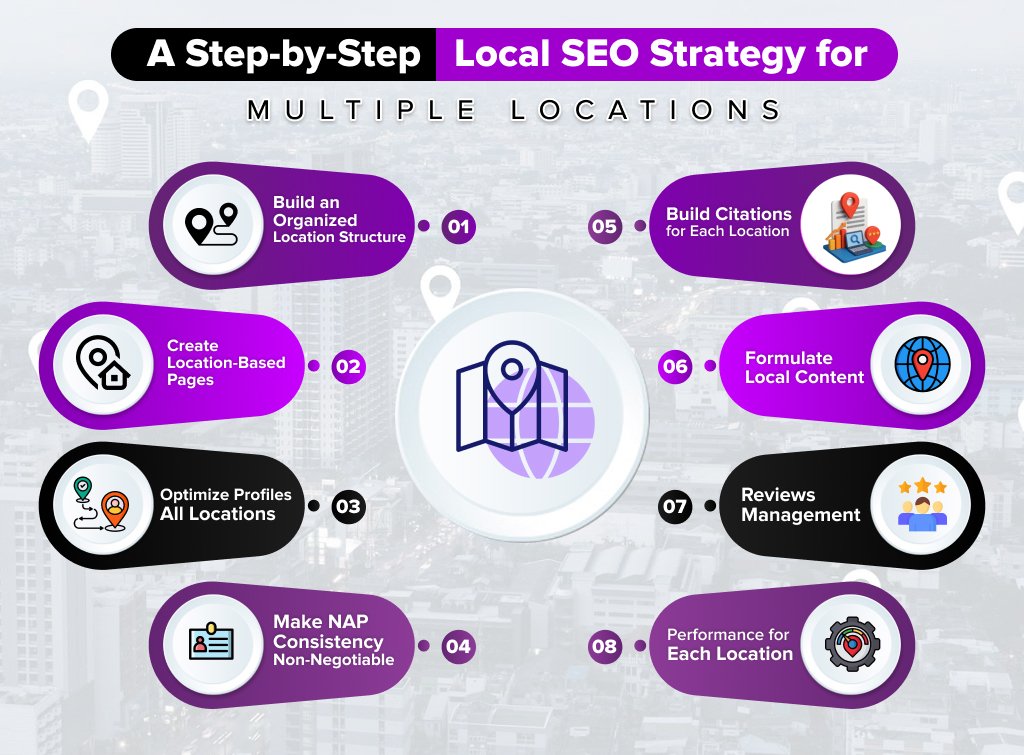
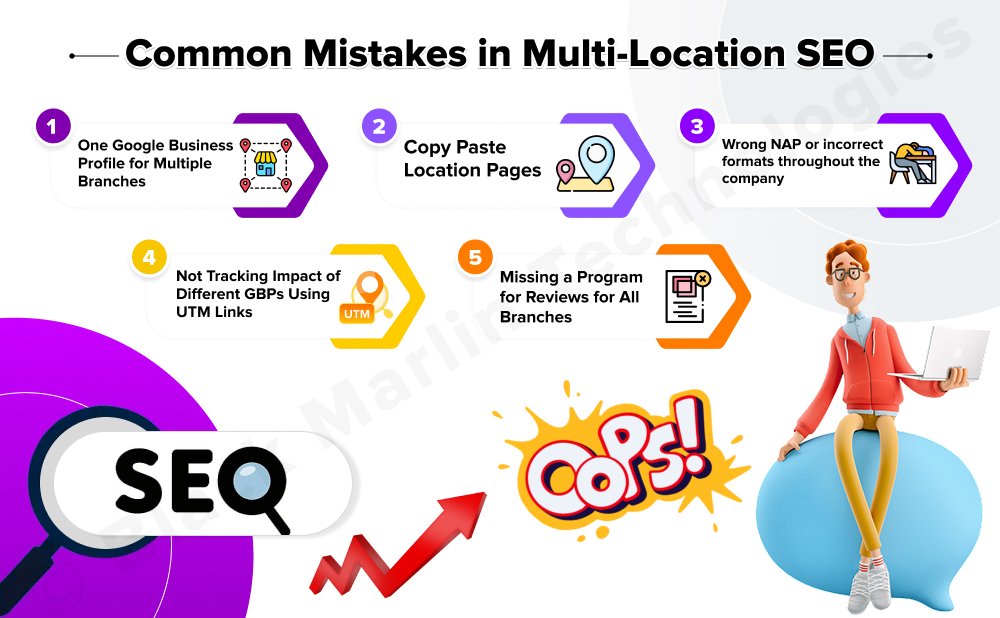

 SEO does not appear to be losing significance as it is indeed the backbone of internet marketing success in the year 2025 when businesses vie for valuable visibility in a very crowded digital landscape. With constant Google algorithm updates and parallel industry competition, brands are giving long-term organic growth more weight over quick solutions, such as temporary link repairing. So the right
SEO does not appear to be losing significance as it is indeed the backbone of internet marketing success in the year 2025 when businesses vie for valuable visibility in a very crowded digital landscape. With constant Google algorithm updates and parallel industry competition, brands are giving long-term organic growth more weight over quick solutions, such as temporary link repairing. So the right 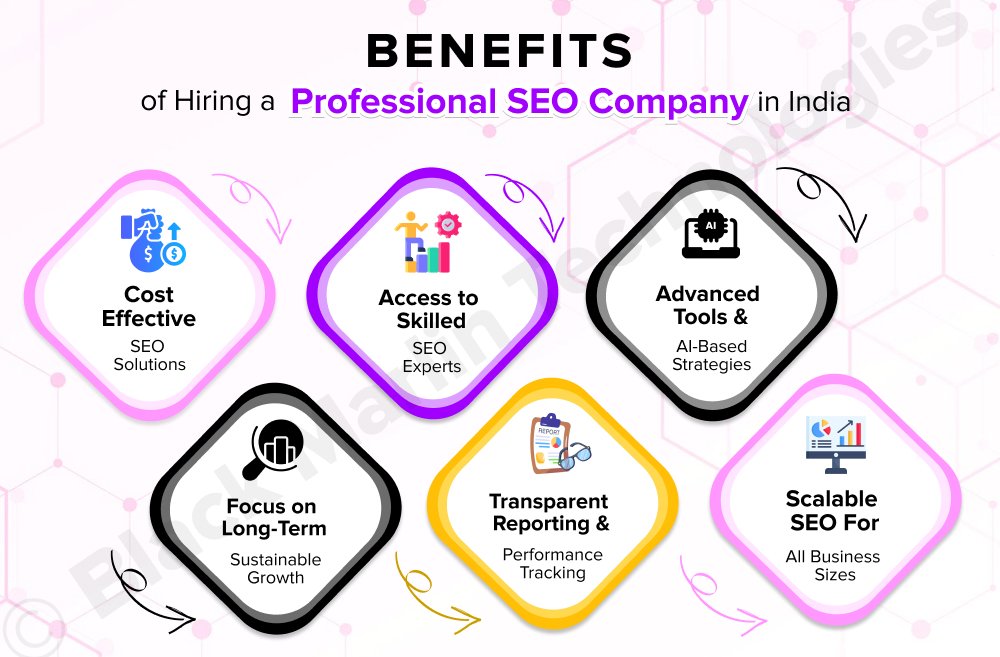
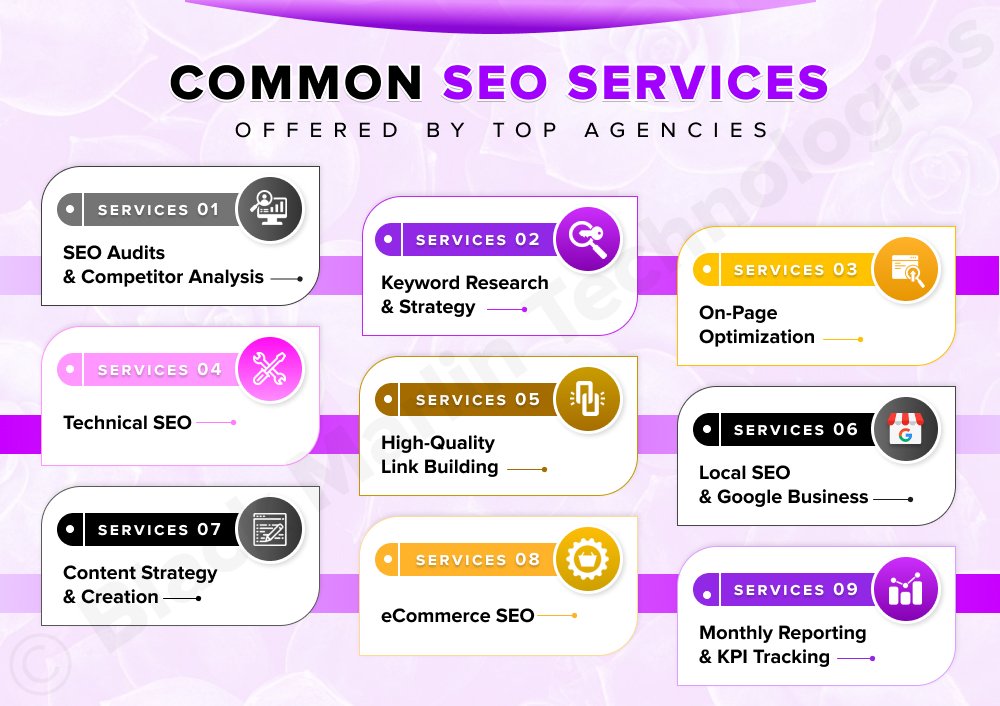 1. SEO Audits & Competitor Analysis
1. SEO Audits & Competitor Analysis